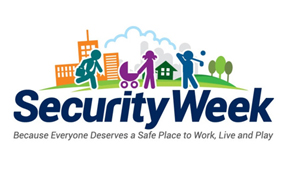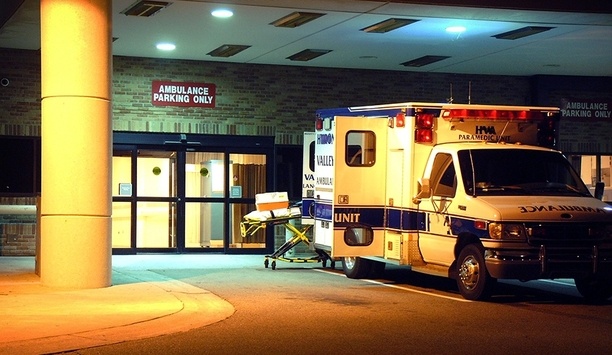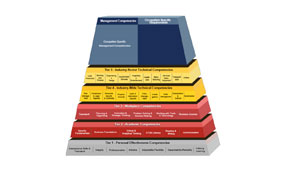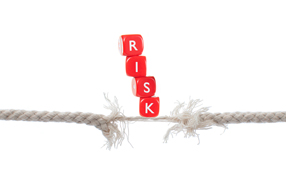 |
| Educational institutions and security firms must work together to develop preventive programs |
College and university campuses provide a perfect cauldron for non-stranger rape — also known as acquaintance rape and date rape. A U.S. Department of Justice (USDOJ) study looked at reported rapes from 1995 to 2013. In that study, females ages 18 to 24 had the highest rate of rape and sexual assault victimizations of any other age group. A significant proportion of women 18 to 24 are in undergraduate or graduate programs and living on or near college and university campuses among their male acquaintances.
Rape Statistics
Parties, dates and other gatherings, often fueled by drugs and drinking, create an environment where a sexual assault or rape might be more likely to occur.
Rapes committed by masked men wielding knives are relatively rare. Another USDOJ study, found that in 82 percent of all rapes, the victim knew the attacker.
But don’t think rape is rare. In a recently published book about rape on college campuses, “Missoula: Rape and the Justice System in a College Town,” author Jon Krakauer discovered an epidemic of rape at the University of Montana campus in Missoula, Mont.
Missoula, a city of 70,000 people, is home to the University of Montana with a population of 15,000 students and 800 faculty members. According to a DOJ investigation, in the three years from 2010 to 2012, reports of alleged rapes totaled 80 in Missoula.
Non-stranger rape is, in fact, an epidemic raging everywhere. FBI crime statistics for 2012 show an annual average of 26.8 forcible rapes in college towns the same size as Missoula. Over three years, that’s about 80 rapes.
Missoula offers a snapshot of rape in most college towns, not an exception.
Rape And The Relationship Between Colleges And Security
Non-stranger rape is an epidemic raging everywhere. FBI crime statistics for 2012 show an annual average of 26.8 forcible rapes in college towns the same size as Missoula. Over three years, that’s about 80 rapes |
“Eventually, there will be litigation concerning rapes against colleges — there are cases pending now,” says James Burke, a partner in the White Plains, N.Y., law firm of Wilson Elser Moskowitz Edelman & Dicker, LLP. “Soon, I think that colleges will want security companies to hold them harmless.”
Burke suggests that security firms review the structure of business relationships with colleges and universities. He also suggests reviewing insurance and co-insurance policies.
College and university clients will likely want contracts with security firms to require the security firm to defend against rape claims and indemnify the institution.
“I’m not sure how many security firms will have the bargaining power to negotiate a reasonable compromise of responsibilities,” Burke says. “A university might say that ‘if you don’t want to accept this responsibility, we’ll find someone else.”
Gaining Control
U.S. Federal legislation — Title IX of the Education Amendments of 1972 — requires colleges and universities to protect students from sexual harassment and sexual violence. The same law requires schools to establish procedures for handling sexual assault complaints.
With that in mind, educational institutions and security firms must work together to develop preventive programs as well as written policies and procedures to follow if something happens.
Role Of Security Firms In Controlling Rape
College and university clients will likely want contracts with security firms to require the security firm to defend against rape claims and indemnify the institution |
Security firms should develop plans to ratchet up patrols and surveillance on party nights.
“The point here is for security to have policies and procedures to first lessen the potential for an incident and then respond — and to have a reporting system that can recognize a continuing problem with a student or with an outsider coming onto campus.
“It is also important for a security firm not to over-promise.”
Preventive plans include the continuous education of students about what can happen at parties among friends – and the consequences. Most schools use the disciplinary process to expel students found to have committed a rape or sexual assault — with the goal of protecting others on campus.
Consequences should include reporting sexual crimes to the police.
The storm has arrived. Non-stranger rape has become a major problem on college and university campuses. Solving or at least managing the problem will require the combined forces of school administrators as well as campus security and public safety departments.
From facial recognition to LiDAR, explore the innovations redefining gaming surveillance
















































